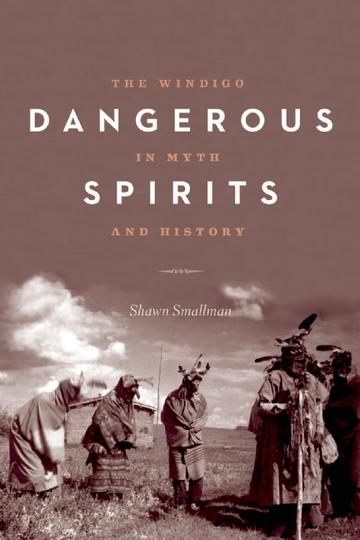“Highly readable and well researched.” —Canada's History
In the traditional Algonquian world, the windigo is the spirit of selfishness, which can transform a person into a murderous cannibal. Native peoples over a vast stretch of North America—from Virginia in the south to Labrador in the north, from Nova Scotia in the east to Minnesota in the west—believed in the windigo, not only as a myth told in the darkness of winter, but also as a real danger.
Drawing on oral narratives, fur traders' journals, trial records, missionary accounts, and anthropologists’ field notes, this book is a revealing glimpse into indigenous beliefs, cross-cultural communication, and embryonic colonial relationships. It also ponders the recent resurgence of the windigo in popular culture and its changing meaning in a modern context.
"Dangerous Spirits is a fascinating look at the stories of the Windigo heard by early missionaries, fur traders, colonial officials, and legal authorities, and those told by Native elders. Smallman has written a book that is highly readable and well researched."
—Nelle Oosterom , Canada's History
Shawn Smallman's skills as a historian allow him to present his argument in a compelling and effective manner. The quantity of sources cited by Smallman relays the importance of the Windigo across generations and speaks to the strength of oral narrative as a historical record. This book would be a suitable addition to a Canadian Studies or Indigenous Studies course that wishes to discuss issues of power, authority and social change
Shawn Smallman's study surveys over three centuries of documentary and literary records . . . This book is an impressive and valuable contribution to the literature on windigo.
"The author covers a vast range of topics about wetigos, including historical references and their presence in popular literature. This is a well-written book, and the only way one can properly describe it is 'fascinating.'" —Alberta History
Dangerous Spirits is a fascinating book. I believe it would be equally fascinating to those interested in Windigos or in the intercultural history of Canada. Furthermore, ethnohistorians of this region, or medical anthropologists interested in culture-bound syndromes, may find this books very useful.



